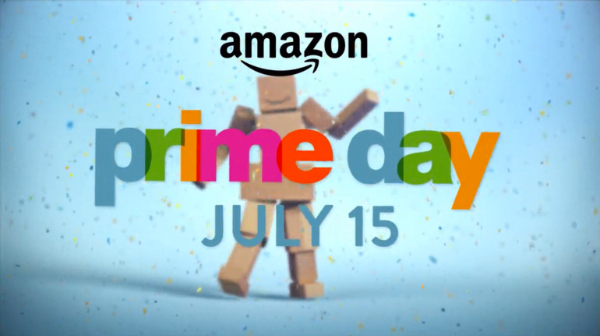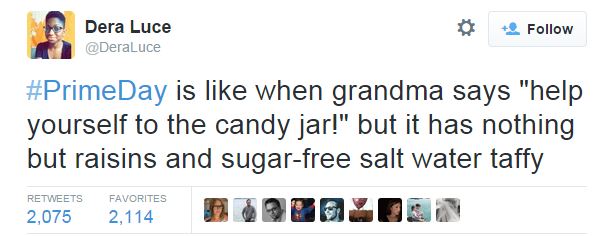Why Amazon Prime Day Failed (Op-Ed)
Amazon Prime Day promised to be a better Black Friday, but it really was a glorified clearance sale.

I flexed my hands and cracked my knuckles. My eyes were laser focused on multiple screens. I grabbed my mouse; my right index finger ready to click like my life depended on it. The most important day in all of online shopping was here — or so I thought.
Amazon Prime Day, a July 15 sale event that promised more discounts than Black Friday, was a failure to anyone expecting exciting savings. The online mega-retailer didn't create a new holiday; it simply was cleaning the junk out of its warehouses.
I spent most of my Wednesday glued to Amazon, primarily in hopes of finding good deals to share with our readers, and also to possibly scoop up some cool stuff for myself. I was disappointed on both fronts. Sure, Prime Day wasn't completely devoid of decent deals, but unless you planned on buying a Kindle, many of the discounts were deceptively minor, or so good that they were gone before you got a chance to click on them.

The biggest lie of Amazon Prime Day was how much you were actually saving. For example, a BenQ gaming monitor sold for $249, which is a great price for an excellent product. That price was half of the product's $499 list price, but only $100 less than what Amazon usually sells it for. You see, Amazon sales aren't always a big deal because everything is always on sale.
There were also some major problems with Prime Day's presentation. The Prime Day landing page provided a convenient glance at the day's current deals, complete with how long the discount would be available and how many people have claimed it. While that information would normally be helpful, it wasn't accurate — some deals appeared to be 50 percent claimed on the landing page, but were completely gone once I clicked through.
Even worse, the Upcoming Deals page was littered with promotions that were already over. I can only imagine the kind of traffic load Amazon has to deal with on days like this, but if any company has the means to properly prepare for it, it's Amazon.

Finally, there simply weren't enough products to get excited about. Many of the computers and tablets on sale were several years old, and when something juicy did pop up, such as the HP Omen laptop for $999, it was literally gone in seconds. I'm not alone in my opinion; a quick look at the #PrimeDay hashtag on Twitter reveals a litter of disappointed (and hilariously sarcastic) customers.
Don't get me wrong, the bad taste of Prime Day isn't going to make me stop shopping on Amazon anytime soon. But the retailer should have either stocked up on more items people actually want, or been up front about it what it was: a clearance sale, not the second coming of Black Friday.
- What Is Amazon Prime (and Is It Worth It for You?)
- Amazon Prime Streaming Guide: Best Movies and TV Shows
- Netflix vs. Amazon Prime Instant Video
Mike Andronico is an Associate Editor at Tom's Guide. Follow Mike @MikeAndronico. Follow us @TomsGuide, on Facebook and on Google+.
Sign up to get the BEST of Tom's Guide direct to your inbox.
Get instant access to breaking news, the hottest reviews, great deals and helpful tips.
Mike Andronico is Senior Writer at CNNUnderscored. He was formerly Managing Editor at Tom's Guide, where he wrote extensively on gaming, as well as running the show on the news front. When not at work, you can usually catch him playing Street Fighter, devouring Twitch streams and trying to convince people that Hawkeye is the best Avenger.
-
Vlad Rose And this is one of the many reasons why I don't have an Amazon Prime account. Just not enough offered to make it worthwhile.Reply -
LaurieD I bought ear buds on Amazon...they aren't shipping for 8 days. Not very lightning. I contacted them in email and they changed it to one day shipping. Wow. So now 7 days. Whoop Dee do. I contacted again in chat and was told that they weren't in stock. I asked why they offered it prime day if it wasn't in stock? The answer...I'll pass on your concerns. Wow. Very dissatisfied with Amazon and Prime day. There were other sellers cheaper with same shipping time.Reply

